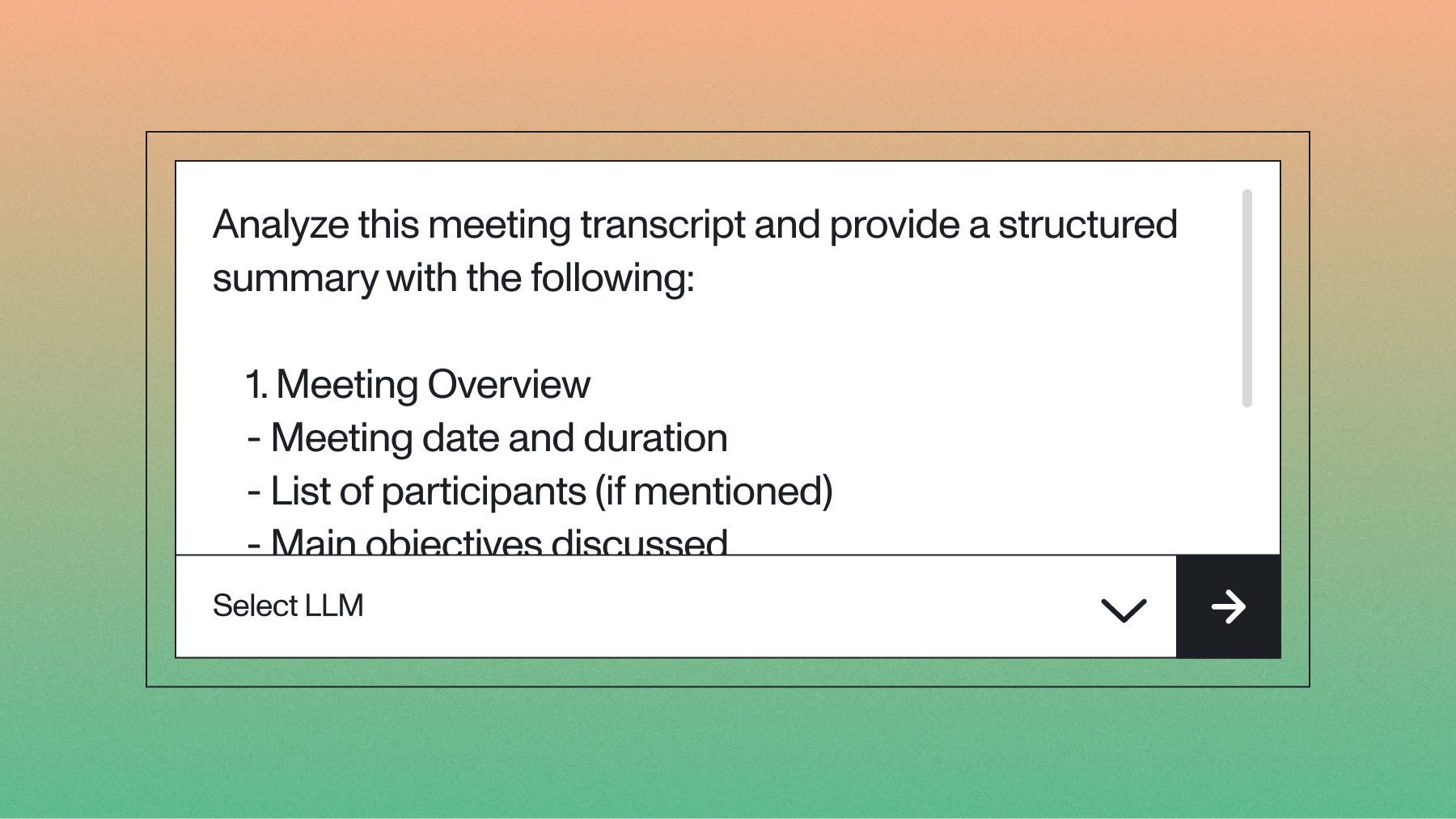Conversation AI: What it is and top use cases
This article examines what Conversation AI is, how it works, and some of its top use cases.



Ninety percent of contact centers handle calls faster and more efficiently after implementing a conversation AI tool. And, with recent advances in AI technology, the quality of conversation AI tools is rapidly increasing, making their impact even more significant.
When built properly, the best conversation AI tools can be just as effective, or more so, than a human-to-human conversation.
But how do these top conversation AI tools and features actually work? And what are some of their top use cases with the highest return on investment (ROI)?
This article examines each of these questions about Conversation AI, before looking at the best way to get started building a conversation AI tool or feature.
What is Conversation AI?
Conversation AI is a type of Artificial Intelligence (AI) that users talk to, simulating human-to-human conversation.
Examples of Conversation AI include a chatbot on a website or a virtual assistant on a help page. We will take a deeper look at Conversation AI use cases later in the article.
Conversation AI has many benefits. Sales coaching platforms use Conversation AI tools to improve sales coach productivity, increase sales representative ramp-up time, and to scale sales coaching services. Government and compliance-oriented businesses use Conversation AI tools to improve accessibility. Other companies across industries integrate Conversation AI tools to increase resource and cost efficiency, increase sales and customer engagement and satisfaction, and to more easily scale services.
How does Conversation AI work?
Conversation AI models are built using Natural Language Processing (NLP), Machine Learning, Dialog Management, and Automatic Speech Recognition (ASR) processes and trained on large amounts of data, allowing the models to accurately recognize speech and text inputs and output believable imitations of human interactions.
This diagram breaks down how a typical Conversation AI workflow looks, from the user asking “Hi, I forgot my account password. Help!” to the Conversation AI tool outputting a response, such as “Sure, I can help you reset the password.”

Note that the ASR step is only needed when converting spoken dialogue, such as a phone conversation, into text. Many Conversation AI tools, such as a chatbot, rely solely on text inputs and thus skip this translation step.
Conversation AI models also use Reinforcement Learning (RL) to refine responses over time and ensure response accuracy.
What are the main challenges of Conversation AI?
While Conversation AI is becoming an incredibly powerful technology, some challenges do remain.
For Conversation AI tools that utilize spoken data, audio inputs with significant background noise or with strong dialects may be difficult for the models to correctly translate into text.
Learn about AssemblyAI’s Conformer-2 ASR model, with increased robustness to noise
It is also difficult for the Conversation AI models to correctly interpret tone and sarcasm, on both audio and text-only inputs, as well as regional slang and jargon.
Some users are also concerned about data privacy and security as the Conversation AI tool is dependent on collecting data, sometimes sensitive data, in order to best respond to user inquiries.
What are the top use cases for Conversation AI?
Companies are building Conversation AI tools and features that deliver powerful benefits to end users.
For example, intelligent cloud-based contact centers are increasingly building AI-powered and Conversation AI tools and features that enhance cloud center performance to:
- Improve overall performance with insights to increase agent occupancy
- Improve quality monitoring by responding to more customers more quickly
- Uncover customer insights around satisfaction, brand strength, churn, risks, and competitor intelligence.
Another common Conversation AI use case is online chatbots that replace human customer support agents. These chatbots can be basic, such as answering frequently asked questions (FAQs), or can be built to imitate true human conversation, such as providing personalized recommendations based on input prompts.
Additional use cases include:
- Smart devices or Internet of Things (IoT) devices, such as Google Home or Amazon’s Alexa
- Healthcare chatbots that help process claims, create appointments, and answer patient questions
- Human Resources (HR) tools that streamline onboarding and perform administrative tasks
- Accessibility tools that act as assistive devices for users
How do I get started building with Conversation AI?
Individuals and product teams looking to get started with Conversation AI should consider several factors prior to building and deploying tools and features.
First, consider utilizing production-ready AI models as a service as the foundation for the Conversation AI tool or feature. The best AI models as a service can 10x product roadmap velocity by helping product teams apply the latest AI research faster. Utilizing production-ready AI models as a service also ensures that the AI powering the Conversation AI tool or feature is always state-of-the-art, without having to tweak or modify it in-house.
Second, ensure that enterprise-grade security and support are considered prior to building. As noted above, Conversation AI tools and features often handle sensitive customer data, so product teams will need to consider how this data is handled by the AI. If an AI partner is used, ensure that the company has security and compliance certifications of their own in place, such as GDPR compliance, SOC Type 1 and Type 2 certifications, and regular 3rd-party audits.
Finally, prioritize finding a strategic AI partnership if your goal is to build and deploy the Conversation AI tool or feature quickly and competently. This partnership will help your internal team offload some of the significant research and development efforts involved in building with AI, as well as allow your team to leverage the partner’s deep AI competency during the build process.
The future of Conversation AI
AI research and innovation have accelerated at an unprecedented pace over the past few years. And as AI research continues to evolve and improve, the accuracy and utility of Conversation AI tools and features will only increase until they become an integral part of most industries.
Companies that take the time now to investigate and build powerful Conversation AI tools and features for customer support, accessibility, contact center, HR, and more, will see immediate benefits now, and many more in the future.
Lorem ipsum dolor sit amet, consectetur adipiscing elit, sed do eiusmod tempor incididunt ut labore et dolore magna aliqua. Ut enim ad minim veniam, quis nostrud exercitation ullamco laboris nisi ut aliquip ex ea commodo consequat. Duis aute irure dolor in reprehenderit in voluptate velit esse cillum dolore eu fugiat nulla pariatur.






